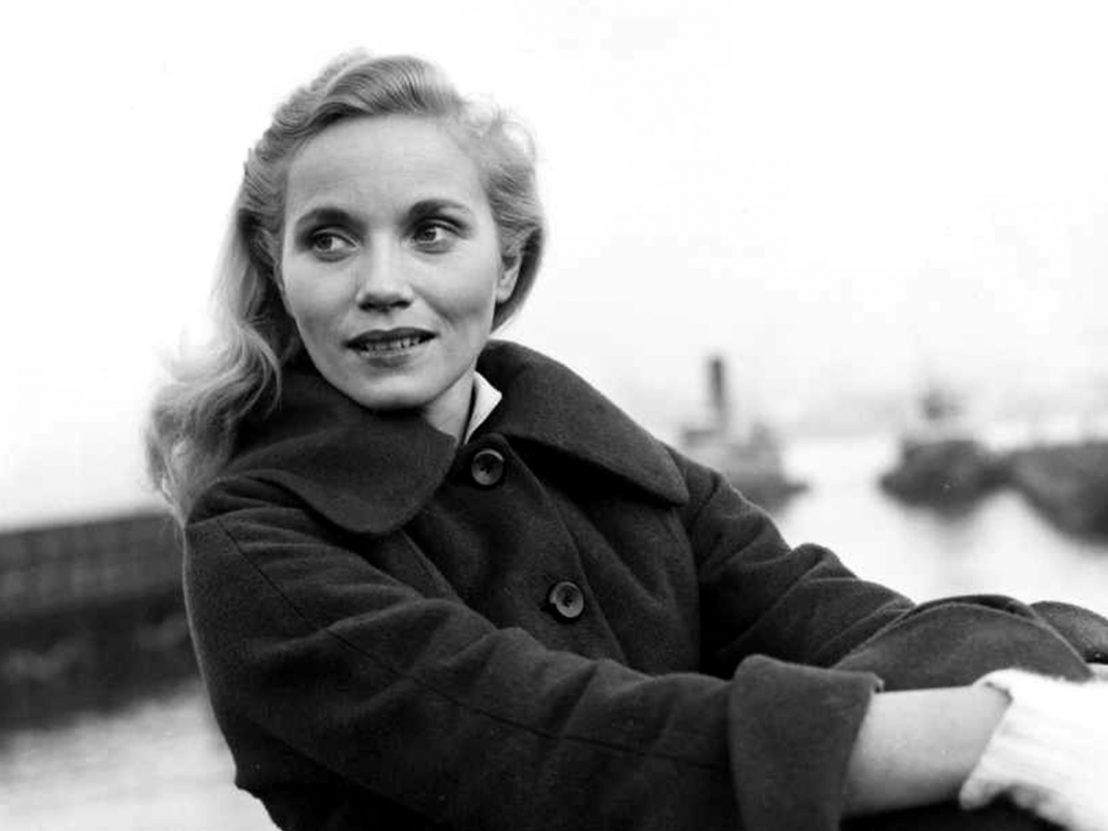
Elia Kazan’s On the Waterfront contains a wealth of memorable images and performances, from Marlon Brando’s “I could have been a contender” monologue, to Karl Malden’s sermon against silence in the face of intimidation as he is pelted with rubbish, to Lee J Cobb’s rage boiling over in the one dock he doesn’t have control over, the dock of a courtroom. All monumental in their quality and power.
For all of its seething male energy, however, this pressure-cooker of a film is defined as much by its less-celebrated star, Eva Marie Saint. She haunts the film as an almost ethereal presence until her path crosses Brando’s crumbling anti-hero. In a film revered for its male roles, including one of the most lauded in the Hollywood history, it is Saint’s turn as Edie Doyle that really stands out when viewed today.
On the Waterfront concerns the tensions of the Hoboken dockland overlooking the Hudson River and the Manhattan skyline. The union for the dockworkers has been corrupted by mob rule and the workers are silent about the violence and intimidation meted out for daring to question the poor working conditions and the siphoning off of money to the union bosses and hard men.
After Joey (Ben Wagner) is lured to his death by Terry Molloy (Brando), tensions rise as a local priest (Malden) is determined to finally break the criminal hold over the workers. Falling for Joey’s sister Edie (Saint), Terry must decide whether the trust of his high-up brother (Rod Steiger) and the union boss (Cobb), is worth the lives of the men he sees taken advantage of every day.
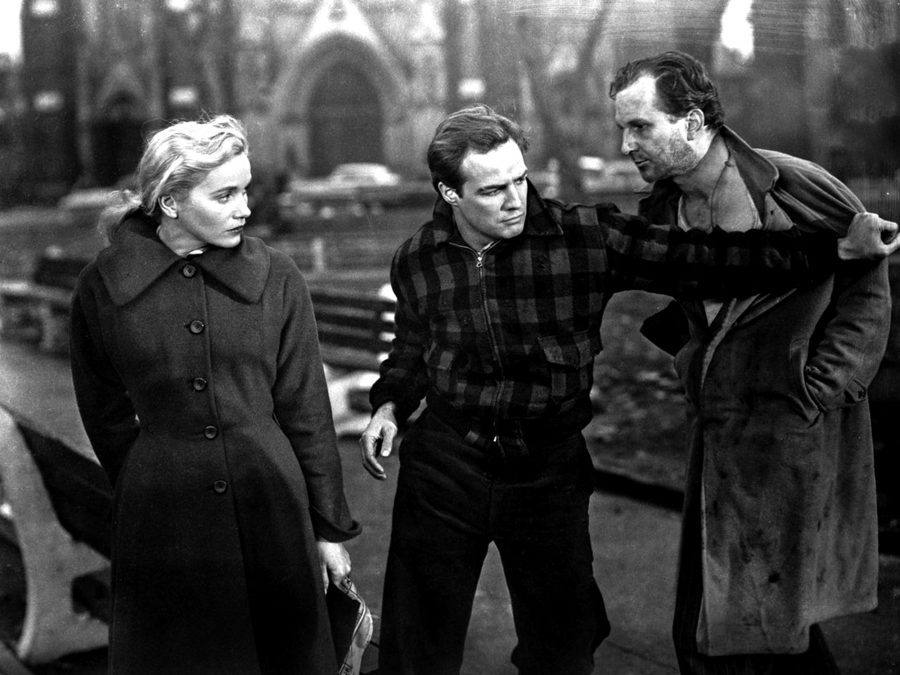
Saint could hardly have chosen a better time to make her big screen debut. Having primarily worked in TV movies and on Broadway, she fended off stiff competition from such established stars as Jan Sterling and Claire Trevor to land the role and set up an unusual working relationship with Brando. Given conflicting direction from Kazan, Saint was initially on the wrong foot with Brando; she said she felt a little intimidated due to his “humming with all that sensitivity.” Yet despite their different acting techniques, Saint is the perfect foil for Brando’s murky enigma.
Through the sheer precision of her performance, she reflects the tough world around her without necessarily being a part of it. In some scenes she is literally lit like a beacon in the fog of the decrepit neighbourhood, showing up the corruption for what it is simply by being put within close proximity. In her more gentle moments, she softens Brando’s character while urging him to drop his adolescence and accept responsibility. All this is achieved through the slightest shifts in her movement and voice; her poise and control really are something to behold. At times her gaze is so defiant, so unrelenting in its moral purity, that only Malden’s character of the priest has the calm to be able to reflect it back. She is stillness and light in a world of brutality and darkness.
This is not to say that Saint’s character is a cipher for solving the fallacies of masculinity or a missing male conscience somehow personified. She more than keeps up with the human resonances of the imperfect world. Brando’s character may have been a boxer, but it’s worth remembering that, within seconds of appearing on screen, Saint slaps him across the face in a sudden release of anguish and hatred. If Brando’s authenticity comes from the improvised, almost jazz-like, qualities of his delivery – murmuring, ticking away, repressing and releasing simultaneously – then Saint’s is grounded in clarity, clearing the mist and revealing the rotten core at the heart of it all.
This is none more evident than when she learns of Terry’s role in her brother’s death. Kazan frames the scene so that we hear nothing of what she says; we merely witness her faith collapsing to the sound of the equally decaying dockland machinery around her. Saint deservedly won the Oscar for Best Supporting Actress in 1955, though her role is much more than supporting. Despite its undoubtedly difficult political history, I still view Kazan’s film first and foremost through the sheer translucence of Saint’s performance; as clear as her breath fading in the cold morning air over the Hudson.
Published 2 Dec 2019
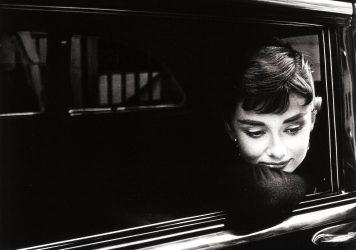
Her playful, emotionally nuanced turn is the beating heart of Billy Wilder’s classic romantic comedy.
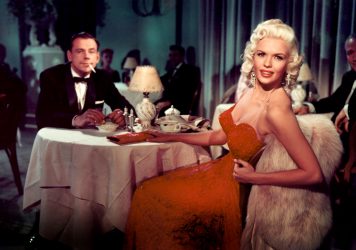
By Abbey Bender
She exudes sassy femininity in this classic musical comedy.
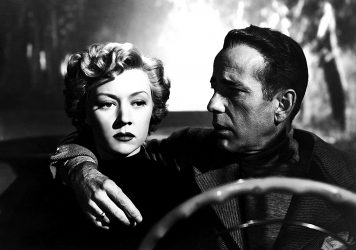
By Adam Scovell
Nicholas Ray’s 1950 tale of male power, anger and violence is receiving a timely theatrical re-run.